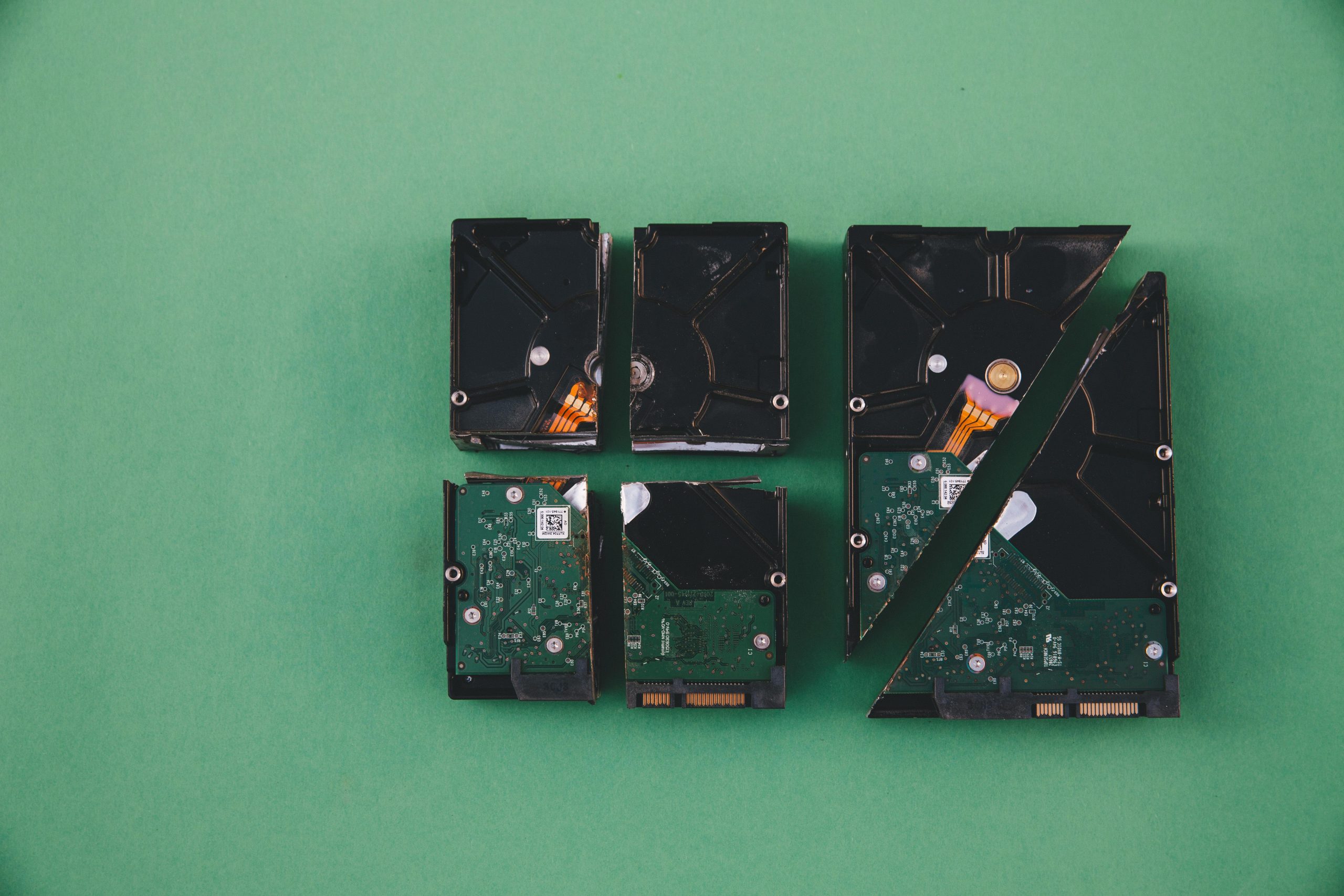Title: How to Recover Data from a Malfunctioning External Hard Drive
Are you facing the frustrating situation of losing access to important files on a damaged external hard drive? If so, you’re not alone. External hard drives, while convenient for storing and backing up data, can sometimes fail unexpectedly. Fortunately, several methods can help you recover your precious files.
Understanding External Hard Drive Failures
Before diving into recovery methods, it’s important to recognize some common reasons why external hard drives may stop functioning correctly. Issues can arise from physical damage, power failures, file system corruption, or even simple disconnection errors. Identifying the root cause will guide your recovery efforts.
Steps to Recover Your Data
-
Assess the Damage: Check for visible signs of physical damage such as cracks or unusual noises. Ensure the power source and cables are functioning properly, as these could be the simplest fixes.
-
Restart and Reconnect: Sometimes, a simple reboot or reconnecting the device can resolve minor issues. Try plugging the hard drive into a different USB port or on a different computer.
-
Use Disk Utility Tools: Both Windows and macOS come equipped with built-in disk management tools. On Windows, use “CHKDSK” to scan for and fix file system errors. For Mac users, “Disk Utility” can help repair the disk.
-
Data Recovery Software: If the above steps do not work, consider third-party data recovery software. Programs like Recuva, EaseUS Data Recovery Wizard, or Stellar Data Recovery offer user-friendly interfaces and can help to retrieve lost files.
-
Professional Data Recovery Services: If your hard drive is physically damaged or the data is extremely valuable, it may be wise to consult professionals. Data recovery specialists have the tools and expertise to recover data from severely damaged drives.
Best Practices for Future Data Safety
After addressing the immediate recovery, it’s essential to implement strategies to prevent future data loss. Regularly back up your data using multiple methods—consider cloud storage solutions, in addition to physical backups.
Additionally, handle external drives with care, and safely eject them before unplugging to avoid corruption.
Conclusion
While a failing external hard drive can be a nightmare, there are various approaches to retrieve your lost data. With the right tools and techniques, many users can successfully recover their files. Remember, proactive measures are key to protecting your data in the future. Stay vigilant, keep backups
Share this content:




I’m sorry to hear you’re experiencing issues with your external hard drive. Data recovery from a damaged drive can sometimes be challenging, but there are several steps you can follow to maximize your chances of retrieving your files.